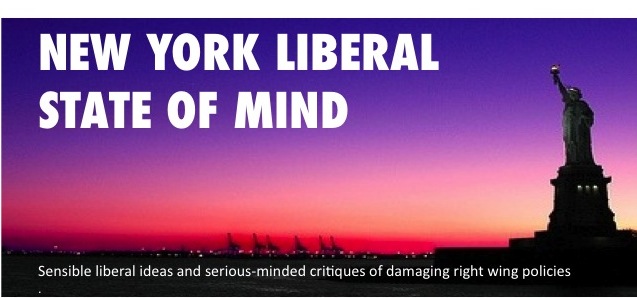See "My Home Town Video" at end of post.
Aside from its unapologetic manipulation of its currency, Dark Ages-style wages and working conditions, and import tariffs that make it impossible for any country to have a reasonably balanced trade relationship with it, China is the epicenter of the production counterfeit products.
Indeed, China is the producer of 86% of all counterfeit products in the world.
$500,000's worth of (American company designed and licensed) Chinese-made knock off shoes found their way to Budapest last week.
Illegal American faux-label vodka with 120 times the normal amount of ethanol was marketed in Great Britain in 2009, causing 4 deaths.
The FDA of Nigeria in conjunction with 7 other African countries' enforcement agencies in 2009 seized a large consignment of counterfeit anti-malarial generic medicines with “Made in India” and "Made in USA" labels and later found that the fake drugs had in fact been produced in China. (There is a colder current involved in this one - the drugs are purposely made to be below acceptable standards in order to undermine India's drug market share in Africa.)
$3 billion worth of fake movie DVDs, based on the intellectual property of American studios, were distributed worldwide by Chinese counterfeiters in 2008. The figure is expected to leap by another half billion in 2009.
Worse still, from the point of view of U.S. companies, is the fact that 80% of all software used on computers in China is counterfeit or illegally copied. (Amazingly, this is down from 90% in 2004.)
A United States patented rolled metal process for the making of fine filaments used in the making of circuitry boards in all kinds of electronics products is used freely in China in spite of the fact that companies from 12 other countries pay their fair share of licensing costs. This costs the American companies of the jointly-owned patents over $27 million per year in lost fees.
The Re-innovation Of Innovation
To add insult and further injury to the damage already stemming from this counterfeiting, China is promoting something they call "indigenous innovation." Sounds benign enough, doesn't it?
But the devilish detail is that the new law, Order 613, mandates that in order for foreign intellectual property (IP) to be put on a government procurement list, the IP must be developed, or owned and trademarked by a Chinese company or government agency.
Foreign Affairs Ministry Spokeswoman Jiang Yu said this:
China’s indigenous innovation includes original innovation and integrated innovation as well as the re-innovation of innovation that is introduced, digested, and absorbed. Indigenous innovation activities are open, and come from within enterprises. The indicators for accrediting indigenous innovation products are not based on the nature of the enterprise, but on whether the enterprise carries out innovative activity and gains products that have indigenous intellectual property rights.
Essentially, "re-innovation of innovation" means stealing.
Every software developer, content provider, film and music publisher in the rest of the world is against this. However, so far, national governments seem to be particularly disinterested.
It's time for the Obama Administration to step up and put real teeth into sanctions on China. American jobs, which are in notorious short supply these days, are being stolen.
While unions in the U.S. aren't free of sin, in prior generations they served as the front line in the battle against unfair trade practices by underhanded competitors.
Jobs mean everything to unions. And jobs mean prosperity. Having a skilled workforce does us not one iota of good if it can't work because of what amounts to piracy by an unfriendly government.
By gutting the unions and battling against active re-unionization, or by permitting "right-to-work" laws in many (mostly Southern) states, conservatives in the United States have taken the union foot soldiers away from this battlefront.
Now we reap the consequences of past right wing deeds.




